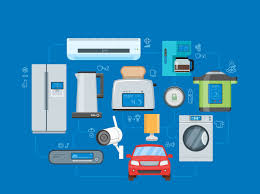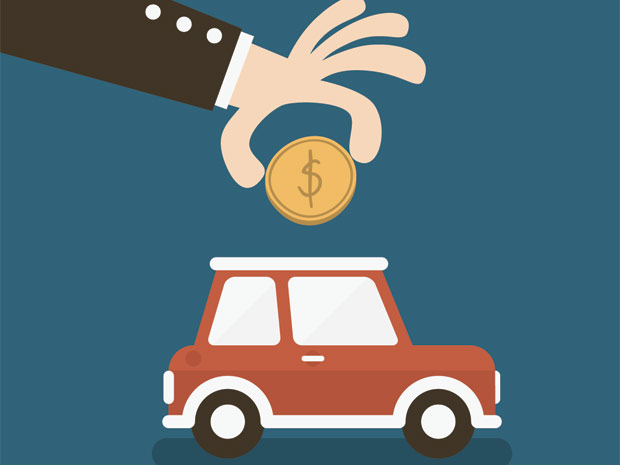Older adults can save tens of thousands of dollars annually by choosing assisted living communities over aging in place in their homes.
Unlike point solutions, Inspiren unifies resident safety, care planning, staffing, and emergency response into a single AI-powered platform.
An artificial intelligence-powered virtual assistant platform for senior living and care providers.

 Technology and tech-enabled services matter for older adults. The marketplace for technology to assist aging adults in the Longevity Economy is expected to grow to more than $30 billion in the next few years, according to the
Technology and tech-enabled services matter for older adults. The marketplace for technology to assist aging adults in the Longevity Economy is expected to grow to more than $30 billion in the next few years, according to the  What percent of exhibitors at trade shows survive? Rant on. It’s not possible to speculate because it is not tracked. That probably is fine for that
What percent of exhibitors at trade shows survive? Rant on. It’s not possible to speculate because it is not tracked. That probably is fine for that  Technology utilization among older adults grew. According to Pew Research, smartphone
Technology utilization among older adults grew. According to Pew Research, smartphone  What makes Voice First special for older adults? This blog has discussed the
What makes Voice First special for older adults? This blog has discussed the  Social isolation has grown for the older and/or less tech-savvy segments. This has been a result of tech replacements that are more difficult to use, whether it is the cost of Wi-Fi connection, excessive device screen sensitivity, screen size, the continuous need for OS upgrades or software updates, many of them security-related as hacker threats grow. Older adults and those who care about them examine this landscape and wonder what can be done because:
Social isolation has grown for the older and/or less tech-savvy segments. This has been a result of tech replacements that are more difficult to use, whether it is the cost of Wi-Fi connection, excessive device screen sensitivity, screen size, the continuous need for OS upgrades or software updates, many of them security-related as hacker threats grow. Older adults and those who care about them examine this landscape and wonder what can be done because: Tech with applicability in the older adult market. The Digital Health event is also covered
Tech with applicability in the older adult market. The Digital Health event is also covered  CES 2018 is off to a noisy, rainy and motion-filled start. The
CES 2018 is off to a noisy, rainy and motion-filled start. The  017 was an interesting year -- 2018 should overcome a few obstacles. Probably the most significant innovation during 2017 was the growth of the
017 was an interesting year -- 2018 should overcome a few obstacles. Probably the most significant innovation during 2017 was the growth of the  It was one of the worst and the best of times for innovation and older adults. It was a year, early on, in which
It was one of the worst and the best of times for innovation and older adults. It was a year, early on, in which  Everybody’s doing it – talking, investing, launching an initiative for self-driving cars. Imagine 300,000 lives saved per decade,
Everybody’s doing it – talking, investing, launching an initiative for self-driving cars. Imagine 300,000 lives saved per decade,